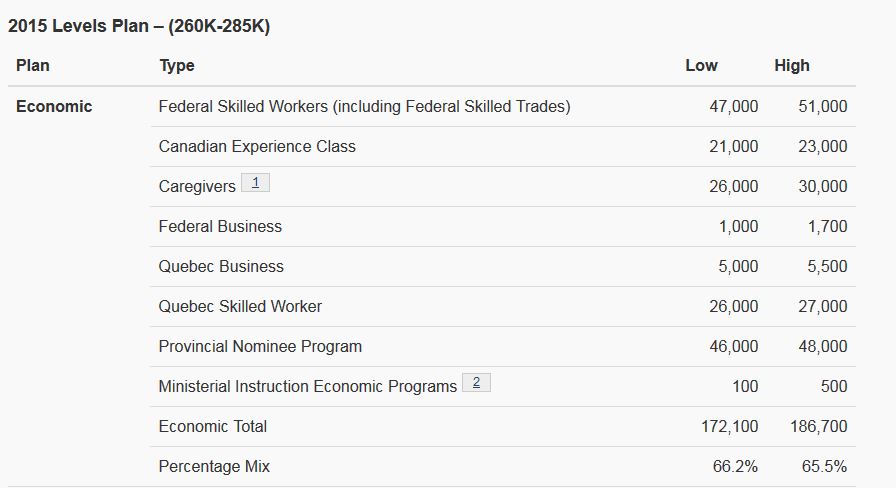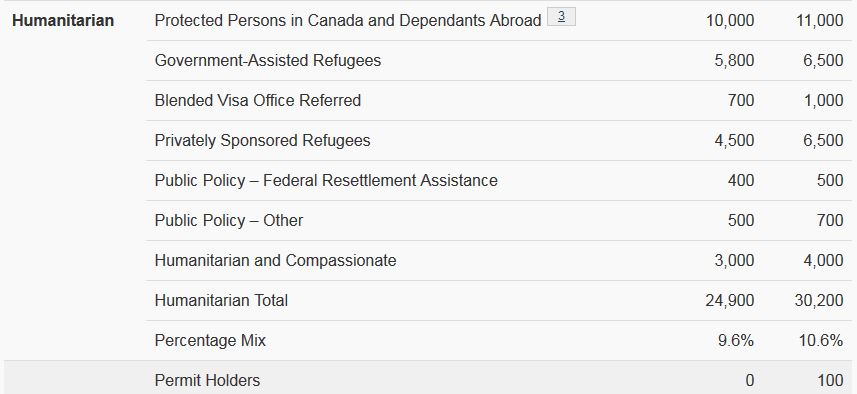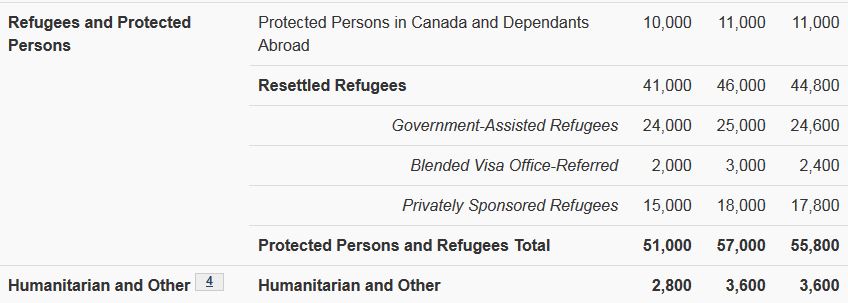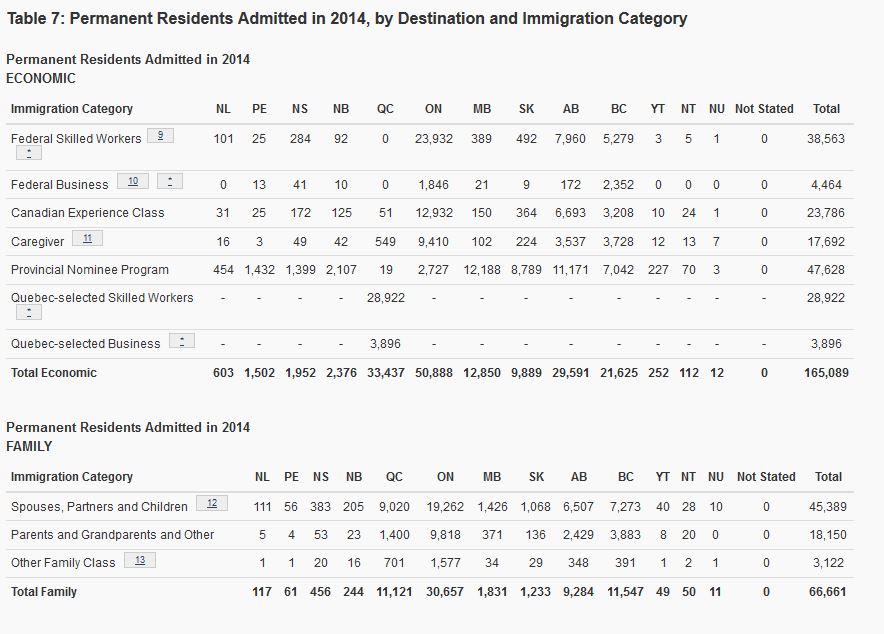What To Do About 20,000 High Risk International Students? – Government Policy Making and it’s Important Implications
Based on the most recent publicly-available figures, as of 31 December 2014, there were somewhere in the neighbourhood of 336,502 international students with valid permit in Canada (see: November 2015, IRCC Presentation).
From an internal policy document obtained through Access to Information (“ATIP”), we know that prior to the national launch of the Designated Learning Institution (“DLI”) Compliance Reporting Portal on (“DLI Portal”) on 15 April 2015, Citizenship and Immigration Canada (now “IRCC”) estimated that there were 20,000 students identified as high risk. These were classified as students that were labelled as unknown/no record, no longer enrolled, and academic suspension.
What this mean mathematically, is that around 6% of all study permit holders in Canada were considered high risk as of April 2015.
What-to-do-about-High-Risk-International-Students
Glossary of Definitions – International Students
Please see below pdf extract from the same ATIP laying out a glossary of definitions for international students:
Glossary-of-Definitions-International-Students
As a side note: Interestingly, enough the definition for “full-time” student only requires a student to be registered in 60% or more of the program’s full course load during an academic session with 60% of the course load requiring the student’s physical attendance at the Learning Institution in Canada. It is surprising the specific nature of these definitions is not provided by IRCC on their program delivery guide (see: here)
What to do with High Risk Students?
In this heavily redacted portion of the ATIP (including 56 pages altogether excluded on the basis that it is information the Government intends to publish shortly), we get a picture of the challenges Government faces when coming up with policy to monitor high-risk students.
The first option proposed (Option 1), appears to be compliance reporting specifically for those high risk students – reviewing GCMS for non-compliant cases and contacting those students to update their enrollment status through MyCIC to provide information that they are enrolled in a Designated Learning Institution (“DLI”).
The proposed ideas was that this would be done before the procedural fairness letter is issued and the case referred, simultaneously reducing the workload for the International Student Program team. Several potential “Cons” were indicated – that direct contact info for the students may not available, that this effort would duplicate the issuance of a procedural fairness letter, and that mass emails may be filtered out by spam blockers.
Option 2 was likely redacted by the ATIP.
Option 3 is also redacted, but can be deduced as sending out a mass procedural fairness letter to all students not registered at. What is interesting to deduce from this, is IRCC’s acknowledgment that the current process may not provide a fair opportunity to respond and that this would be one of the “Pros” of the process. One of the “Cons” identified is that mass-procedural fairness letters could not be sent out and that each Regional Office or Case Management Branch (“CMB”)would have to assess and send out individual procedural fairness letters. Another interesting aspect mentioned was that this process may go through the services of an immigration representative, which appears to circumvent the intention to go directly to the student to verify.
Option 4 is also redacted by the ATIP. However, we can somewhat deduce that this option involves contacting the DLIs with a list of students who would then self-report to Regional offices or CMB. The “Pros” of this option would that it would limit the procedural fairness letters and emails, with one of the corresponding Con that the Regional offices and CMB would receive large volume of records.
It is a little unclear from the pages that follow, but it appears that either Option 1 (again without knowledge of Option 2 is) was selected. However, as we have yet to see a clear policy manual or program delivery update on this, one can assume it is still pending release by the Government.
Canada Border Services Agency (“CBSA”) – Coordination Needed
The discussion of procedural fairness and the need to contact the student or the representative prior to looking into non-compliance raises an interesting issue.
Currently, several of the one-year exclusion orders issued by Canada Border Services Agency Minister’s Delegates – pursuant to s.29(2) of the Immigration and Refugee Protection Act.
As the legislation currently stands, R. 228(v) sets out that for this type of non-compliance, the Minister’s Delegate, upon determining the report was properly referred, must issue a specified removal order – by way of a one-year exclusion order.
Where this becomes challenging is in the context of a detained international student – who in a 10-15 minute Minister’s Delegate Review and usually without the ability to access their own educational records, must try and convince the Minister’s Delegate not to issue an exclusion order. The “procedural fairness” as contemplated by the IRCC’s policy options – giving the student a chance to provide proof of compliance is nearly impossible in this circumstance.
Furthermore, the basis of the evidence, presumably attendance records provided by the DLIs are themselves difficult to classify as “neutral.” I have seen more than one case where DLIs were eager to cooperate with CBSA to have problem-students removed, themselves eager to keep a clean record for their business.
Cracking down on Educational Consultants/Non-Compliant DLIs
Another thing that the DLI compliance regime is mum on, and in my opinion, needs to take a more than serious look at is the number of DLIs and “ghost consultants” that are themselves not compliant with the International Student Program.
One of the more common schemes, involves a third-party educational consultant/ghost consultant who does not charge for the “immigration services” but assists the student in obtaining a student permit for a DLI that they receive a back-end payment from. Educational consulting is an important industry, but arguably needs to be regulated by the Province in much the same way that other professionals such as Immigration Consultants and Lawyers are.
These services are having detrimental effects on international students in that, because they are not licensed nor trained to provide immigration services, their applications usually contain a litany of mistakes and often misrepresentations.
Currently a misrepresentation and non-compliance added together, under R. 229(3)(b), can be the grounds for deportation order if so pursued by CBSA.
Furthermore, many of the DLIs themselves do not have clear policies on non-attendance. Attendance records are not accurately kept or taken, often provided to CBSA retrospectively.
Solution – Provide International Students an Opportunity to Respond/and or a Warning Letter
Ideally IRCC’s new policy will be a collaborative effort enforcement arms like CBSA to ensure that procedural fairness is provided in the context of student’s non-compliant with their study permit conditions.
The requirement that students must actively pursue studies and remain enrolled in a DLI is a laudable one – abuse of the International Student Program is too frequent, taking resources and spots from future Canadian permanent residents and citizens who need Canadian studies as a launching pad.
At the same time, however, with a policy that is very paternalistic and unforgiving in design – procedural fairness elements must be implemented.
In my perspective, releasing detained clients (on conditions, if necessary) and providing them 30 days to respond is a baseline requirement. I also think, that in several cases, a warning letter may be more appropriate. Students may have communication issues with their DLIs, personal events may have impacted an international student’s studies. These are all valid considerations currently not being considered by the current compliance regime.










